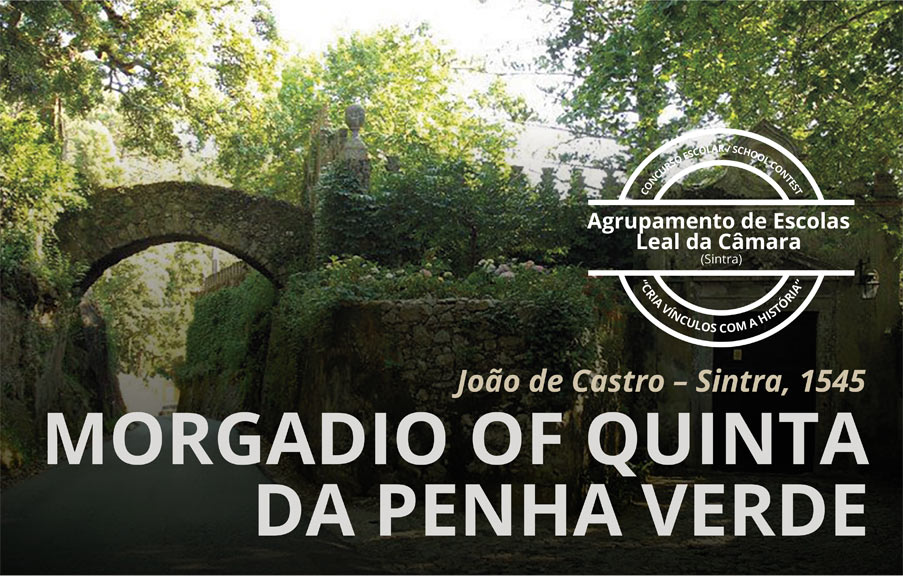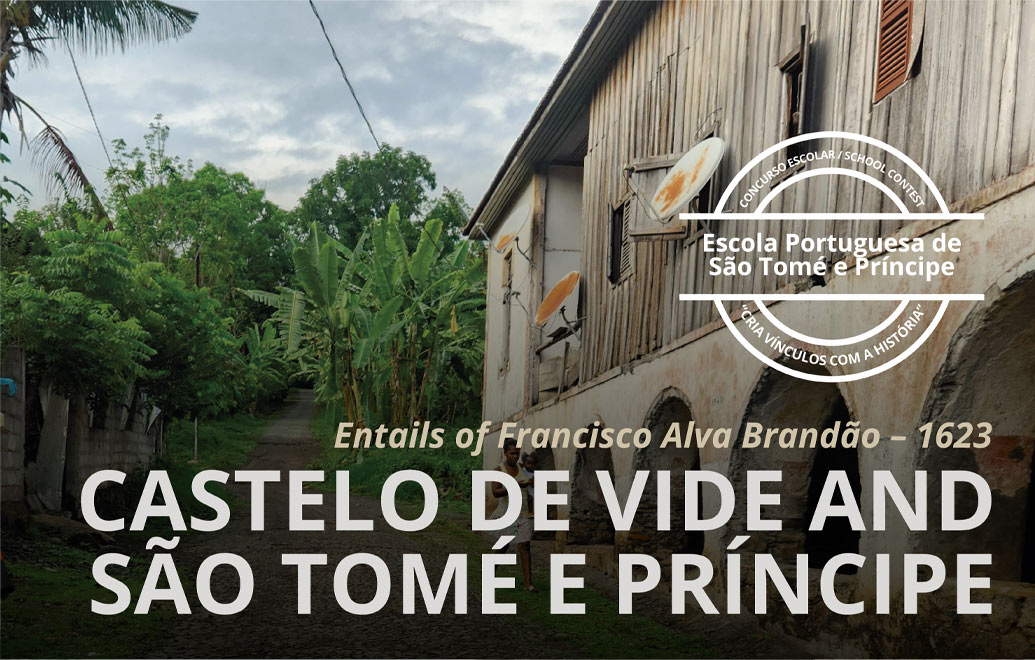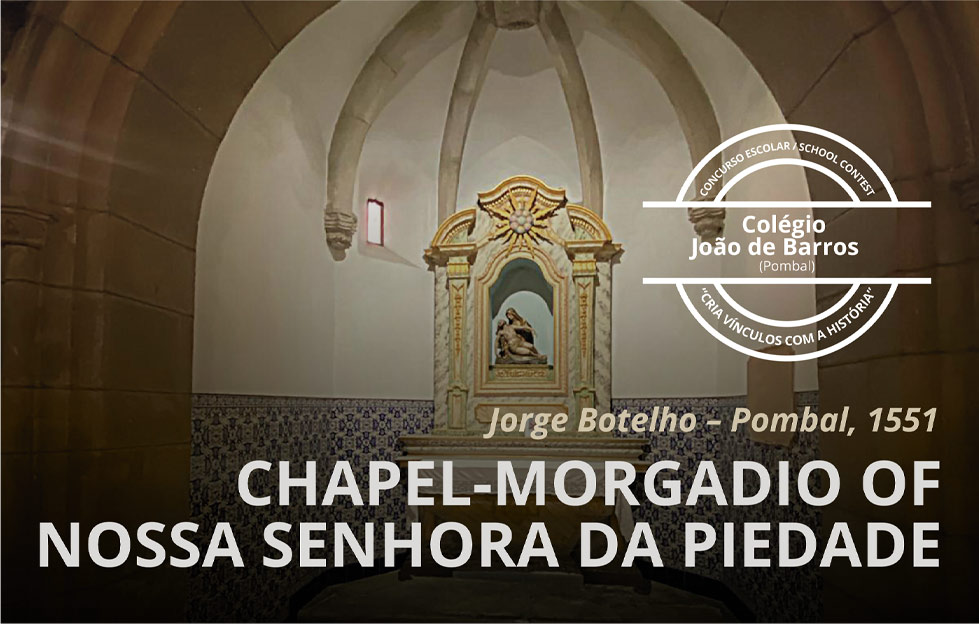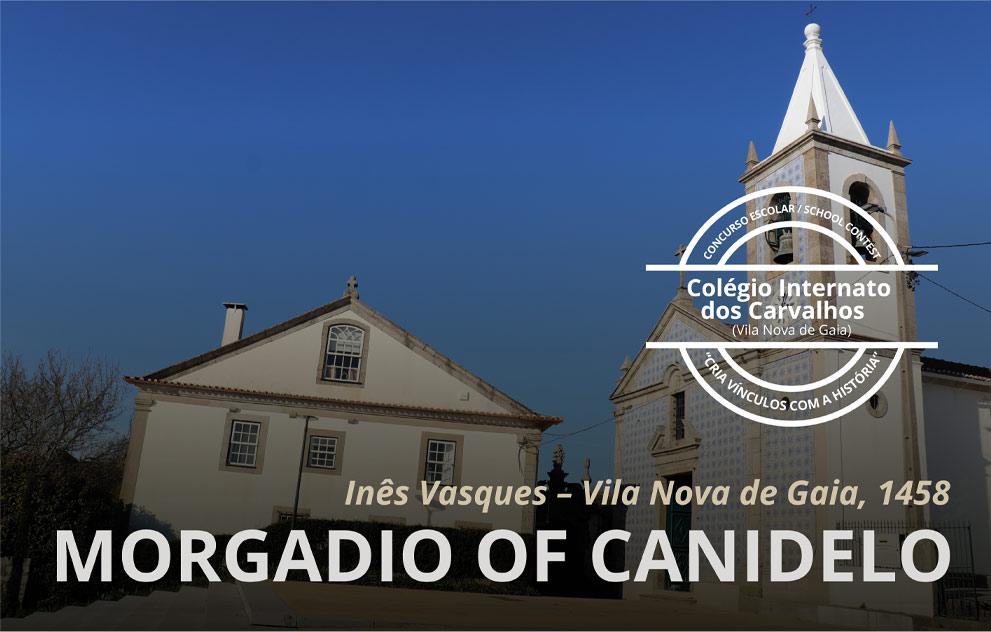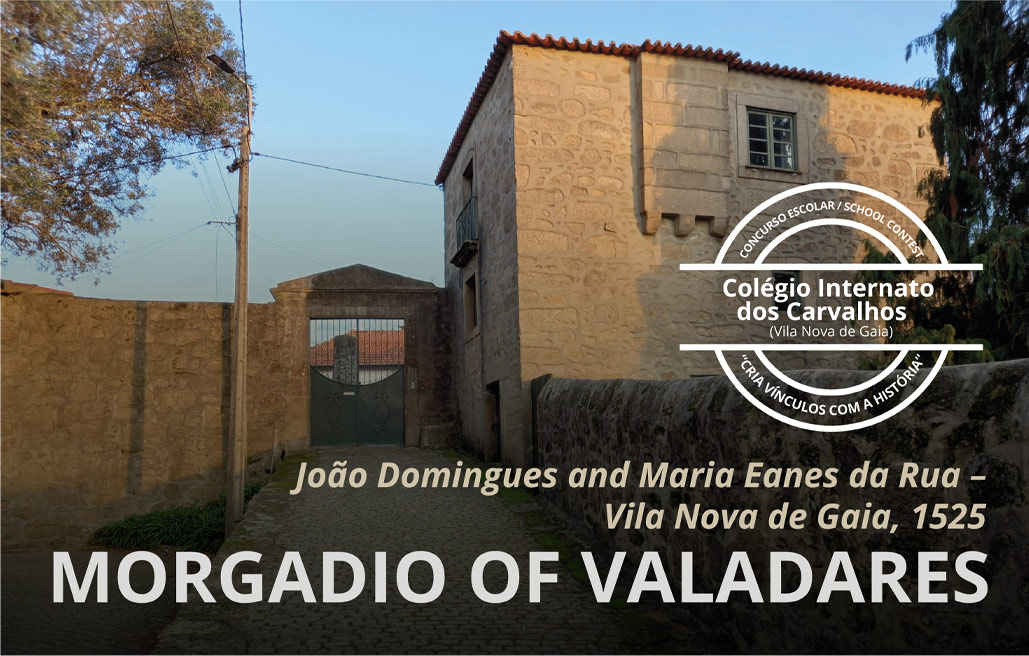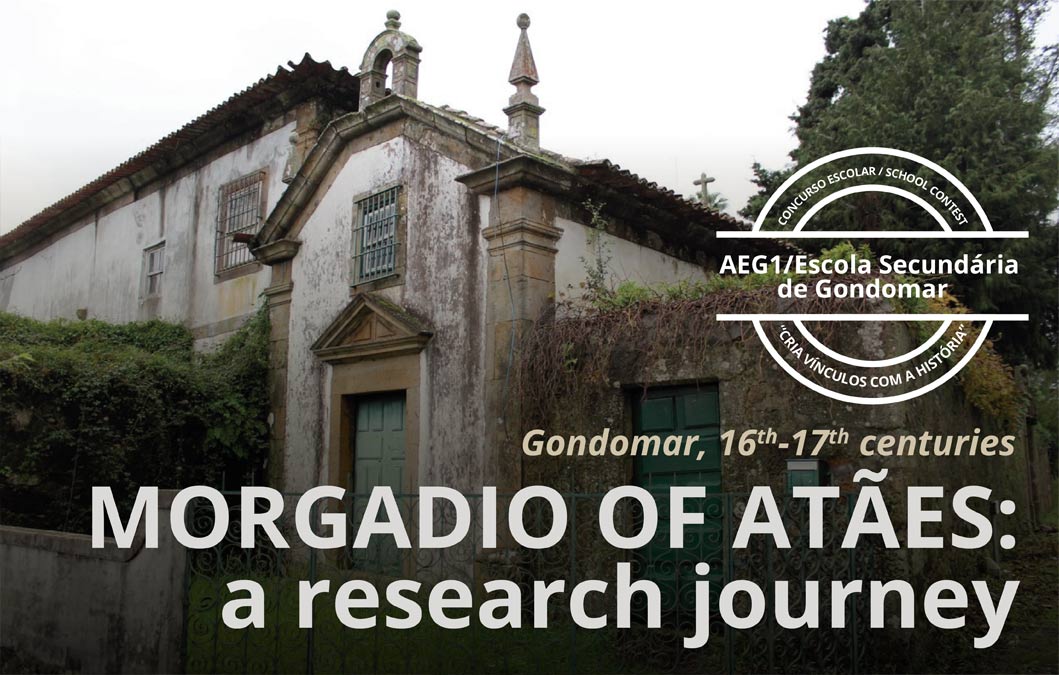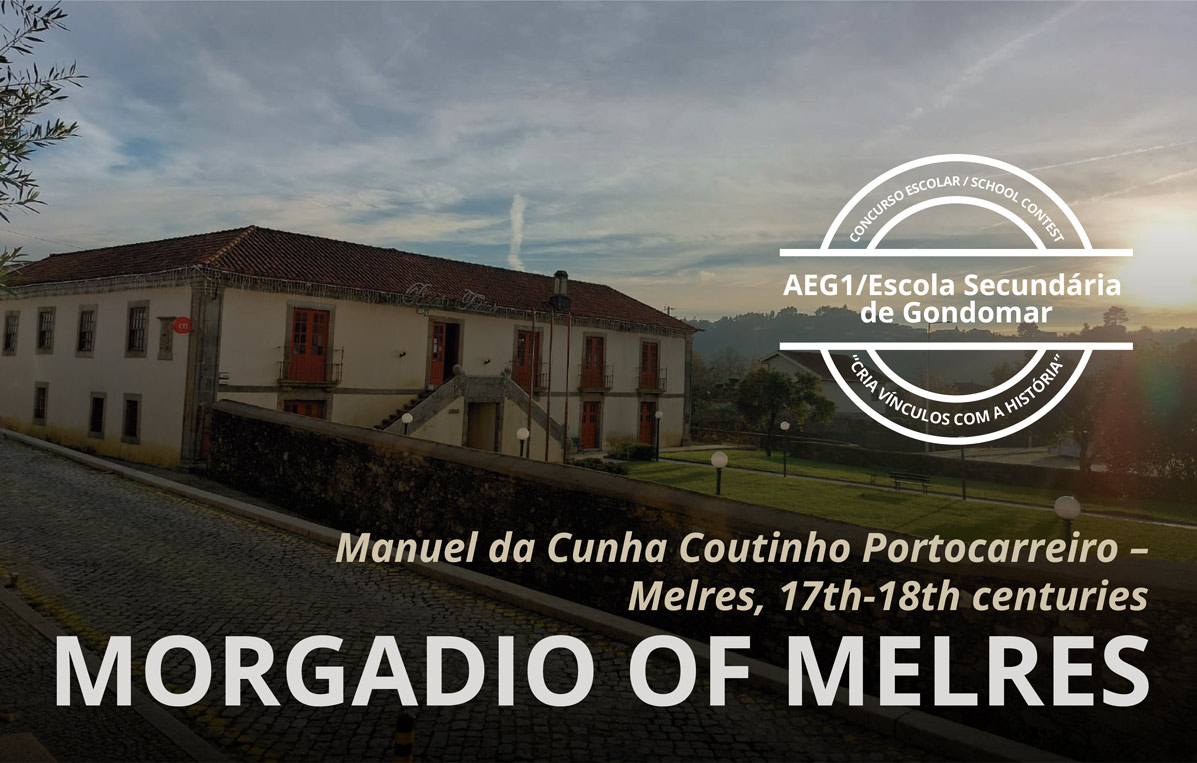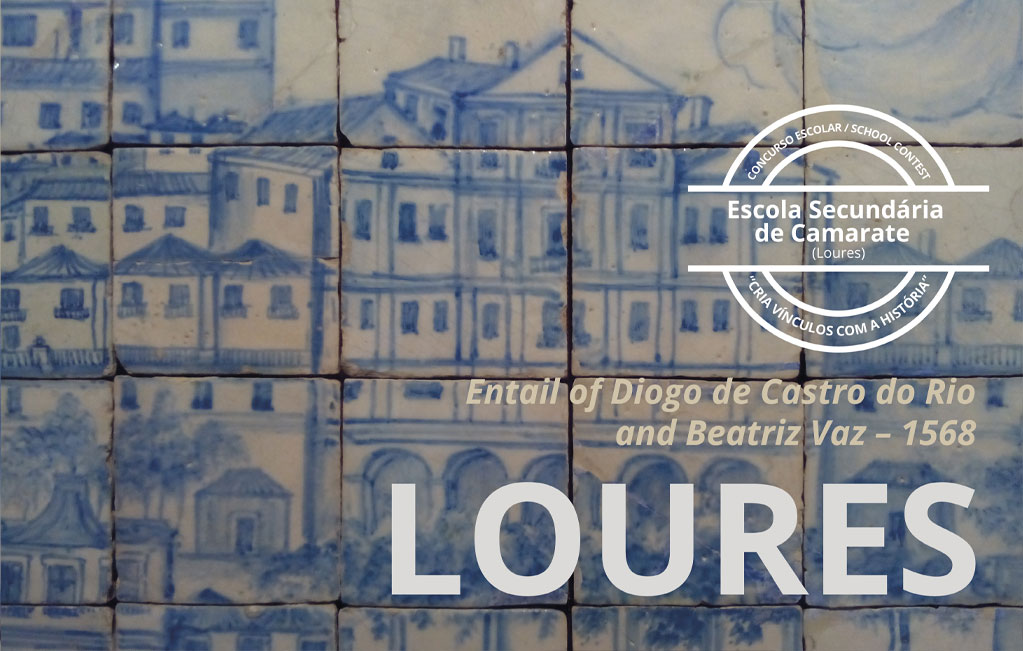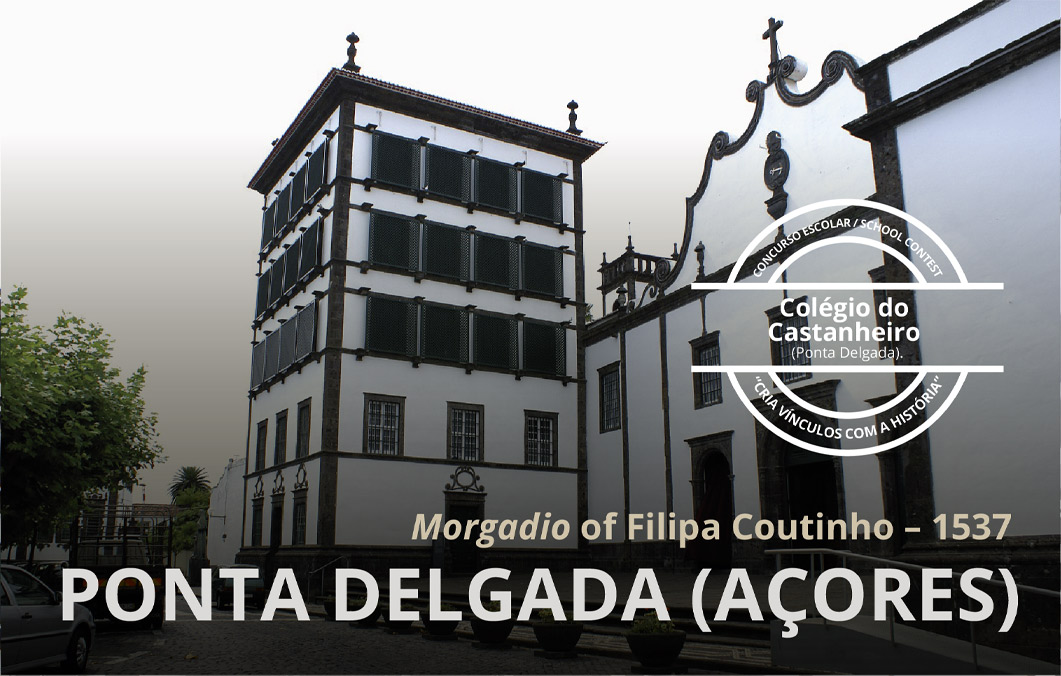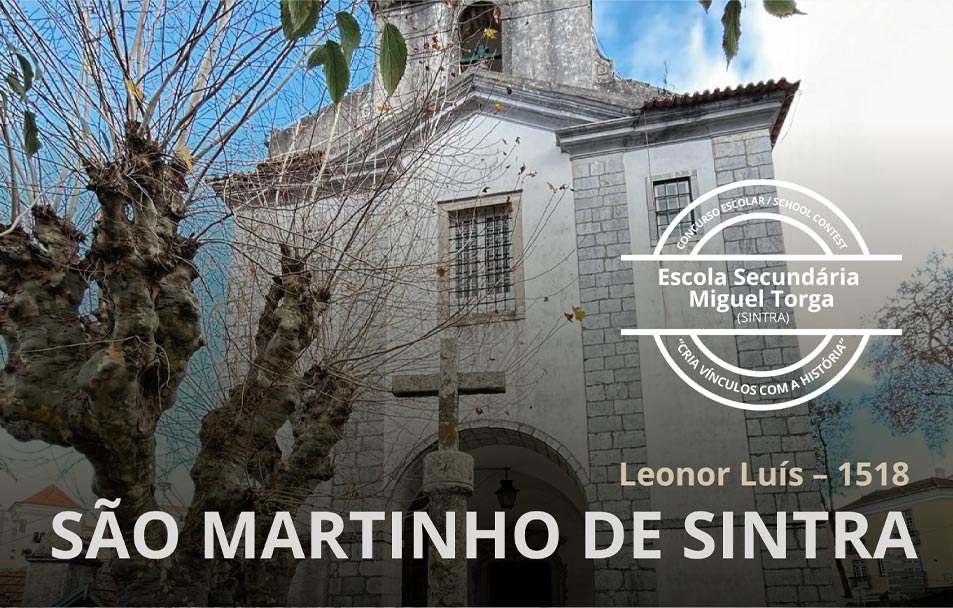Entail of the month (August, 2023)
Morgadio of Coucieiro and Curutelo
Nuno Viegas do Rego and Inês Dias do Rego, Vila Verde and Ponte de Lima, 1395
On December 14, 1395, King João I confirmed the morgadio established by deed granted in the Rossas court by Nuno Viegas do Rego, “o Moço” (the young), and his wife, Inês Dias do Rego, over two properties – one of the oldest entails in the province of Minho and even in Portugal (ANTT, Chancelaria de D. João I, liv. 2, fls. 137v-138).
Integrated in the vicissitudes that marked Portuguese medieval history, Nuno Viegas was inserted in the history of the Interregnum of 1383-1385 by the support given to the cause of the Master of Avis. The Chronicle of King João I, by Fernão Lopes, records that this knight stood out in the various military campaigns that took place in the midst of the dynastic crisis, having captained one of the ships that left Porto to liberate Lisbon, participated in the Siege of Torres Vedras and even took part in the Battle of Aljubarrota, on the eve of which he was solemnly knighted. Nuno Viegas received for his services various grants of Crown Assets, such as the lordships of the lands of Cabeceiras and Arco de Baúlhe, Rossas and Vila Boa de Roda, Aguiar de Neiva and Regalados, between the years 1384 and 1392 (TOVAR & PALMEIRA, 2022).
Church of Coucieiro.
As mentioned, this morgadio entailed two farmsteads: on the one hand, the farmstead of Coucieiro, located in the homonymous parish of the former Terra de Regalados, current municipality of Vila Verde. On the other hand, Curutelo, located in the former judicature of Aguiar de Neiva, current parish of Freixo in the municipality of Ponte de Lima. These properties indicate the origin of the founders, locating it in an old nobility in the process of integration into the new nobiliary dynamics of the fifteenth century. Indeed, we know that the land of Coucieiro consisted of a couto given by King Sancho I in 1191 to D. Egas Pais, presumably Nuno Viegas’ predecessor (PMH, Inq.:108-109; AZEVEDO, 1979: 90).
The “palace and house of Corutello” was the manor of the family of the same name and was an ancient honor, confirmed as such in 1288 during the General Inquiries promoted by King Dinis (ANTT, Leitura Nova, liv. 48, fl. 101v). In 1308, the farmstead of Curutelo belonged to Martim Viegas de Curutelo, great-grandfather on the maternal side of the founder (Idem, fl. 162; SILVA, 2000: 137).
Record of the confirmation of the Morgadio de Coucieiro e Curutelo (ANTT, Chancelaria de D. João I).
The eldest son, Álvaro Viegas do Rego, then already married to Branca Rodrigues de Castelo-Branco, was to succeed the founding couple, but, due to lack of descendants, the succession fell to his sister, Leonor Viegas do Rego. From her marriage to Diogo Gomes de Abreu was born, among others, Pedro Gomes de Abreu (3rd administrator), who accompanied Infante D. Duarte in the Conquest of Ceuta (1415) and was Lord of Regalados and Valadares, among others. During the first half of the fifteenth century, this knight would sell the farmstead of Curutelo for 1,000 gold doubloons to D. Afonso, Count of Barcelos and 1st Duke of Bragança, who was the bastard son of King João I. This was an exceptional situation, since the entails implied the inalienability of the assets over which they were constituted, which may not have been unrelated to a certain policy of dominion consolidation of the Count of Barcelos in the area of his jurisdiction.
Later, in 1532, the House of Bragança granted the Curutelo estate to João Rodrigues do Lago, either for his services in Azamor or because he was still descended from “the first lords of that castle”, in whose family it remained until the end of the nineteenth century (PEREIRA, 1867: 298).
Autograph of Leonel de Abreu e Lima, 8th morgado, and arms of the House of Regalados (private collection).
The morgadio therefore came to cover the farmstead of Coucieiro and was more commonly known as Morgadio and House of Regalados, with the manly descendants of Pedro Gomes de Abreu succeeding him.
However, there were a few more exceptional situations during the administration of this entail. One of these occurred in the early sixteenth century, when the 5th administrator was another Pedro Gomes de Abreu, the second of his name, who was well known in eighteenth century genealogies as having had an affair with the famous D. Catarina de Eça, Perpetual Abbess of the Monastery of Lorvão, daughter of D. Fernando de Eça and great-granddaughter of King Pedro I.
Pedro Gomes’ illegitimate offspring included António de Abreu e Lima, who lived in Viana married to Brites Velho, patroness of Perre Abbey and daughter of Fernão Velho Barreto. It was in his favor that Pedro Gomes removed three properties from the entail: the farmsteads of Paço de Atães, Mós and Mouro – all in Terra de Regalados (COSTA, 1706: 203). These lands would be passed on to his descendants and would help the economic growth of other houses of lesser status. For example, the Paço de Atães was included in the morgadio of the House of Ameal, established in 1674 by his great-grandson, and the farmstead of Mós would be incorporated into the patrimony of the House of Hortas, in the city of Braga, once owned by the Cunha Gusmão family.
Castle of Curutelo.
These events allow us to believe to some extent that the antiquity of the morgadio meant the amortization at an early time of large tracts of undivided property that would contribute to the growth of new branches and new houses over the centuries.
As for the spiritual, this morgadio contained the obligation for the administrator to have an annual mass said on All Saints’ Day, with vespers and matins for the dead. Since no chaplaincy was indicated, it is assumed that the celebration of suffrages wherever he saw fit would be at his discretion. However, almost 200 years later, by deed of 1599, the 8th morgado, Leonel de Abreu e Lima, annexed other lands and entailed them to the celebration of a monthly mass for his soul and that of his wife at the altar of the Santíssimo Sacramento in the Church of São João de Coucieiro. It was therefore enshrined in that altar, with continuity in the descendants of House of Tanque (ADB, Registo Geral, A-6, fls. 315v-316).
Nuno Abreu e Lima
Coordination: Maria de Lurdes Rosa and Rita Sampaio da Nóvoa
Sources and bibliography
ANTT, Chancelaria de D. João I, liv. 2.
ANTT, Leitura Nova, Inquirições de Além Douro, liv. 48.
Arquivo Distrital de Braga, Registo Geral, A-6.
Portugaliae Monumenta Historica, Inquisitiones, volume 1, fascículo 3, Lisboa, 1891.
AZEVEDO, Rui de, et al. – Documentos de D. Sancho I (1174-1211), volume 1, Universidade de Coimbra, 1979.
COSTA, António Carvalho da – Corografia Portuguesa, tomo 1, Lisboa, 1706.
PEREIRA, Domingos Joaquim – Memoria Historica da Villa de Barcellos, Barcellinhos e Villa Nova de Famelicão, Viana, 1867.
SILVA, Manuel de Souza da – Nobiliário das Gerações de Entre Douro e Minho, volume 2, Ponte de Lima, 2000.
TOVAR, Miguel Ayres de Campos & PALMEIRA, Gonçalo Vidal – Gerações medievais do Paço de Curutelo: dos Curutelos aos Viegas (séculos XII a XIV), acta apresentada ao VI Congresso Internacional da Casa Nobre, Arcos de Valdevez, 2022.
Other entails of the month



